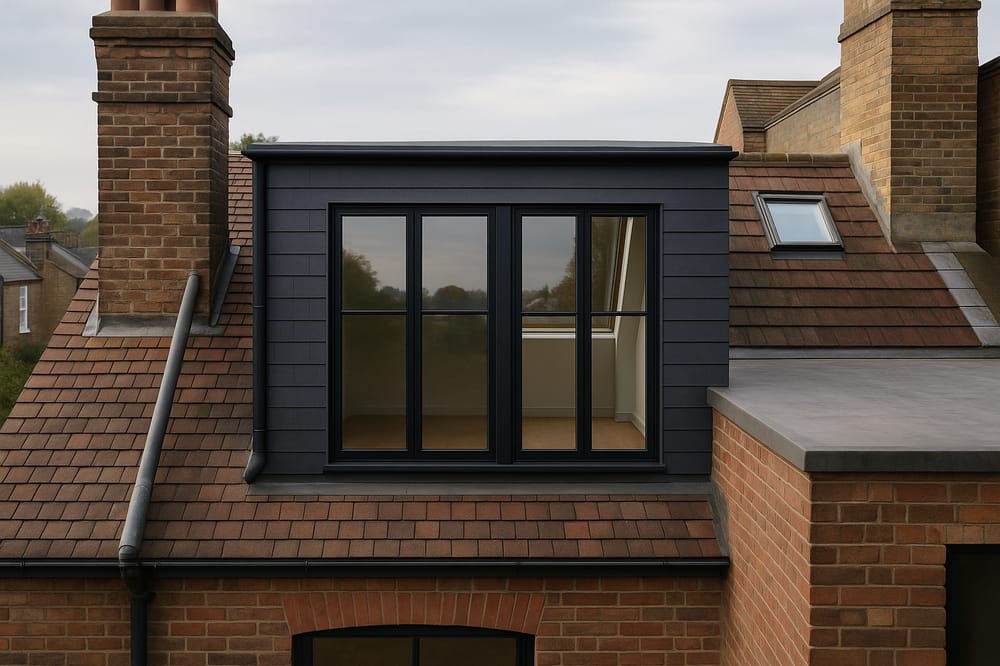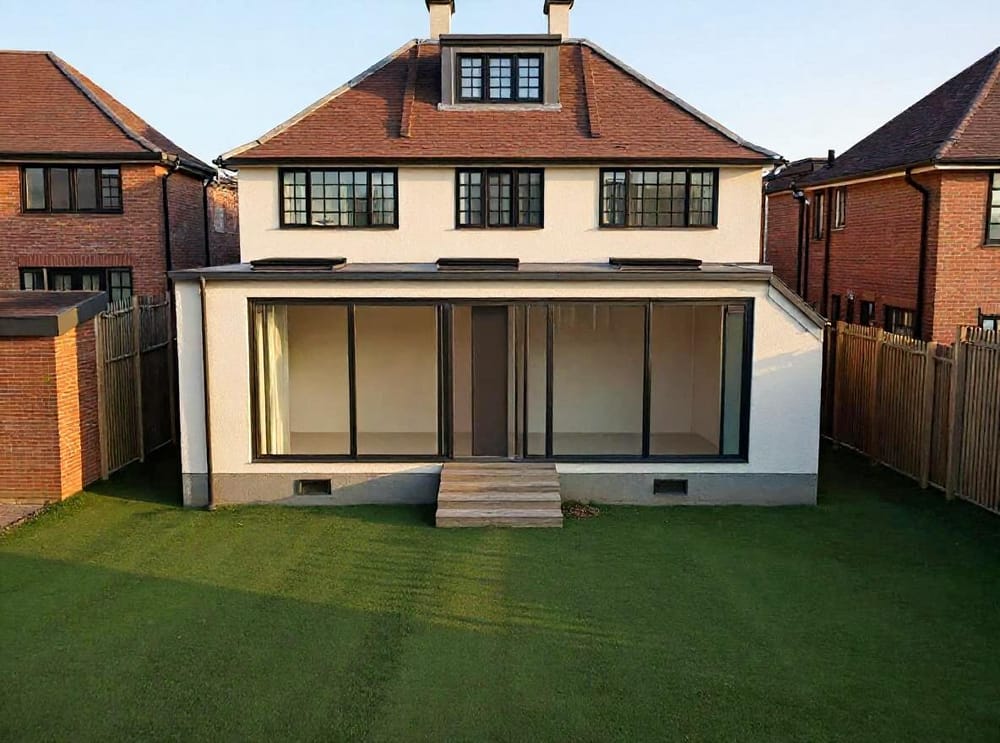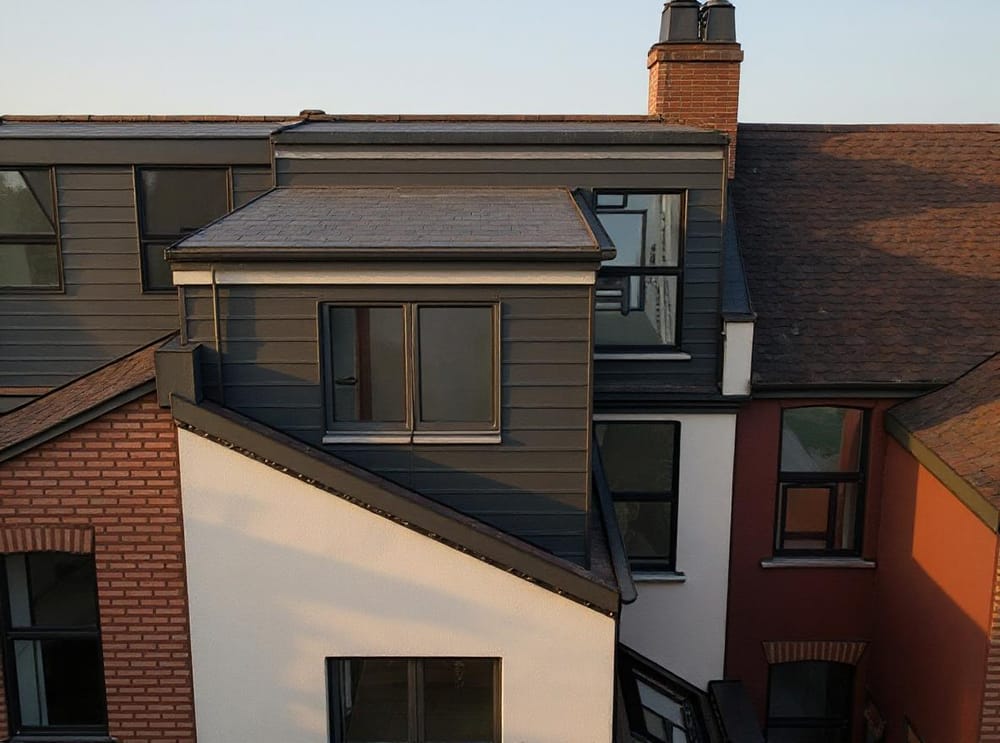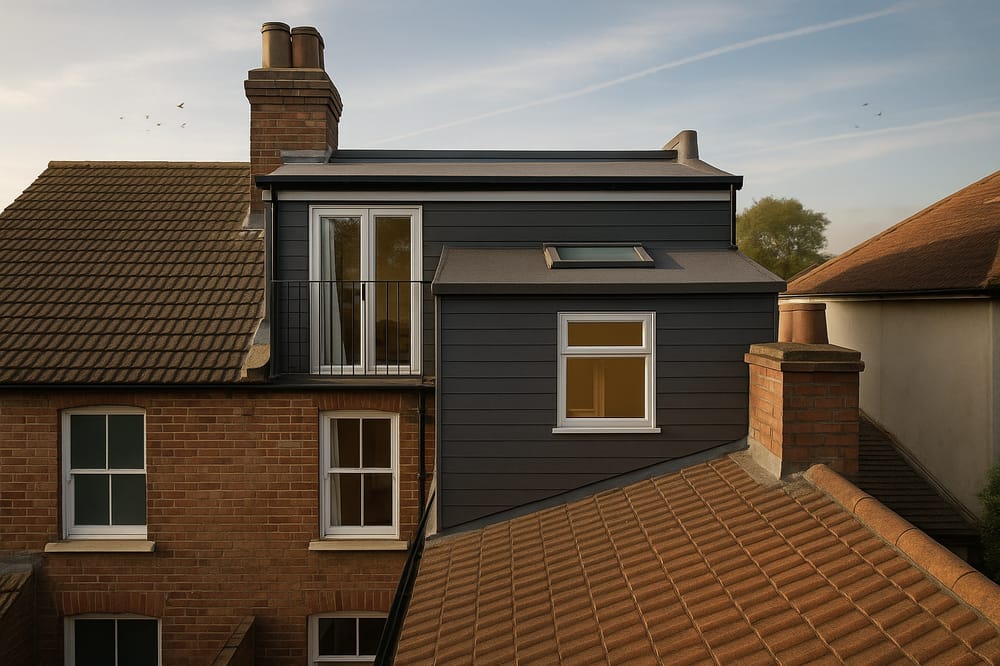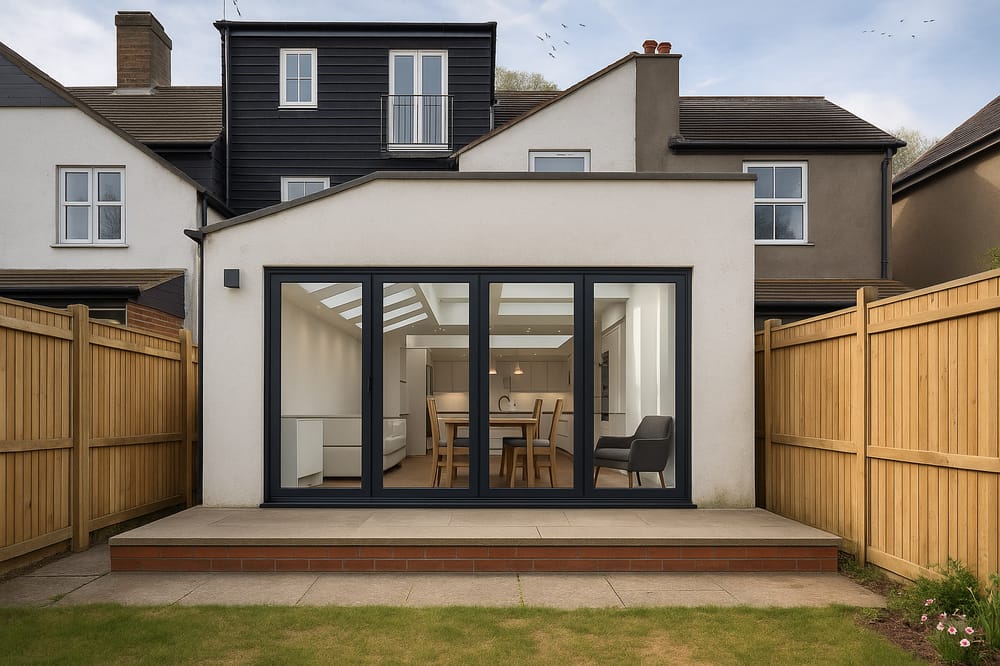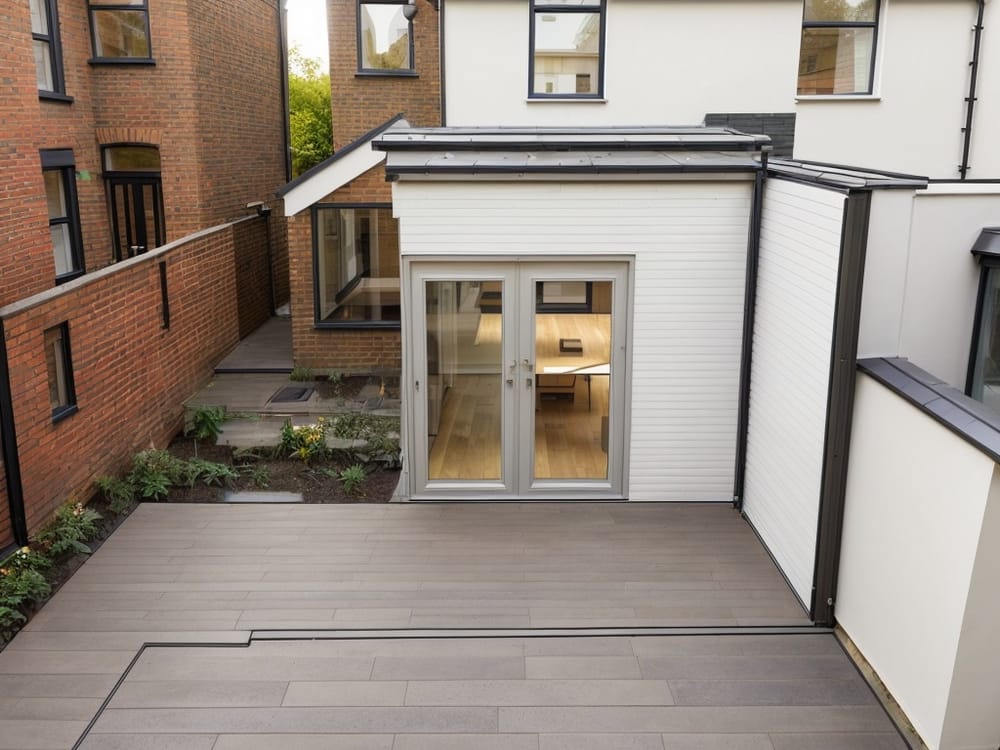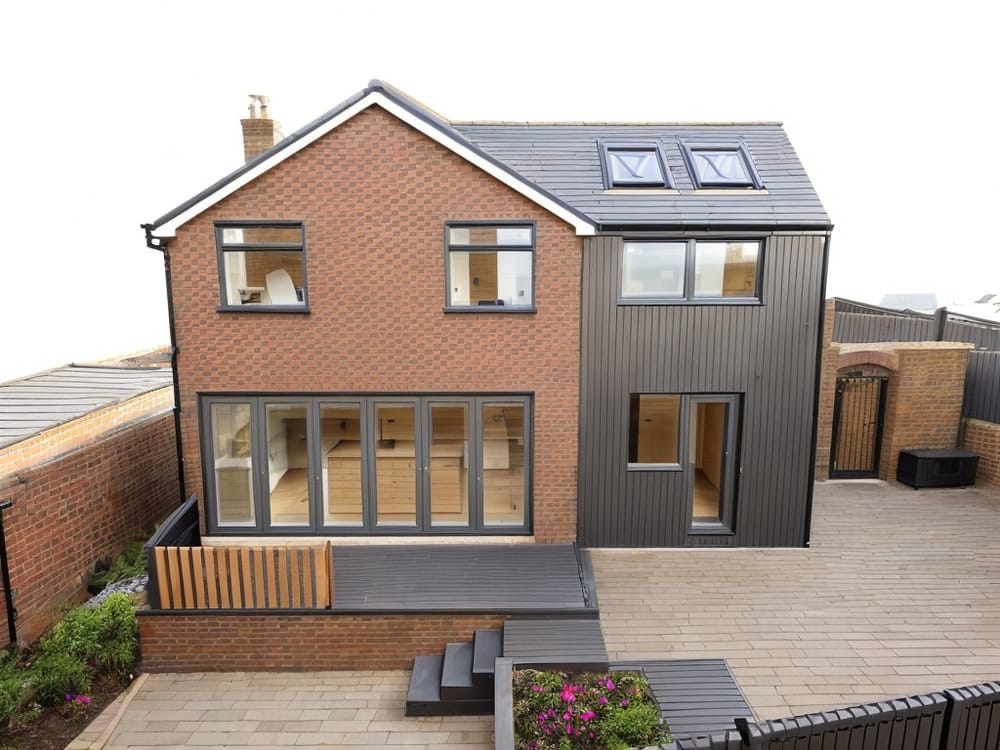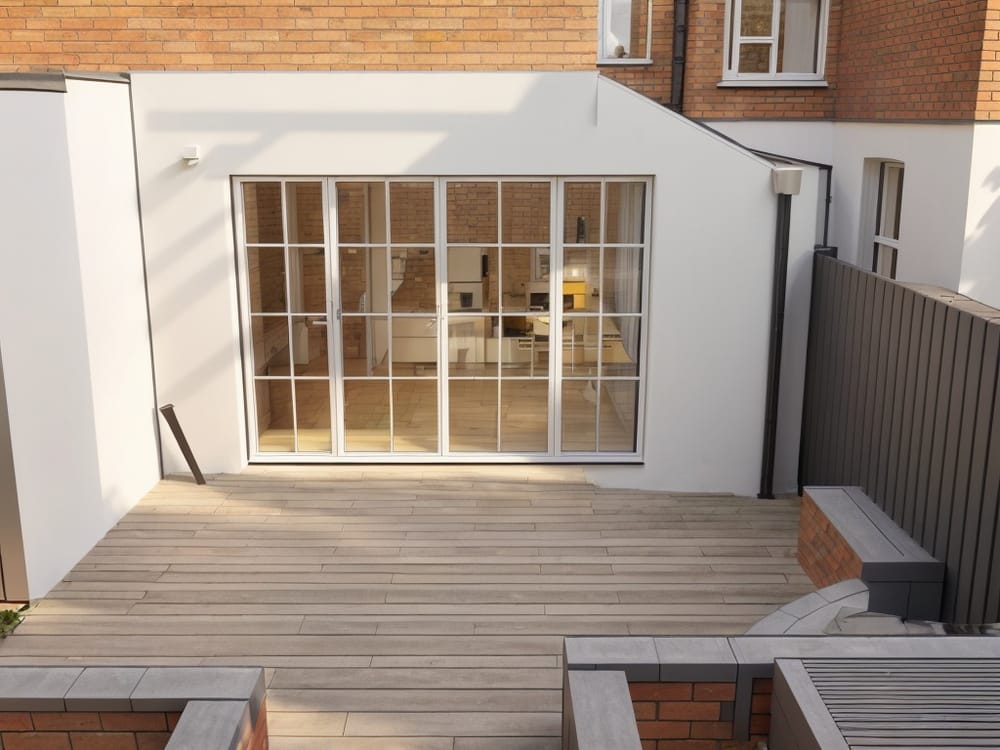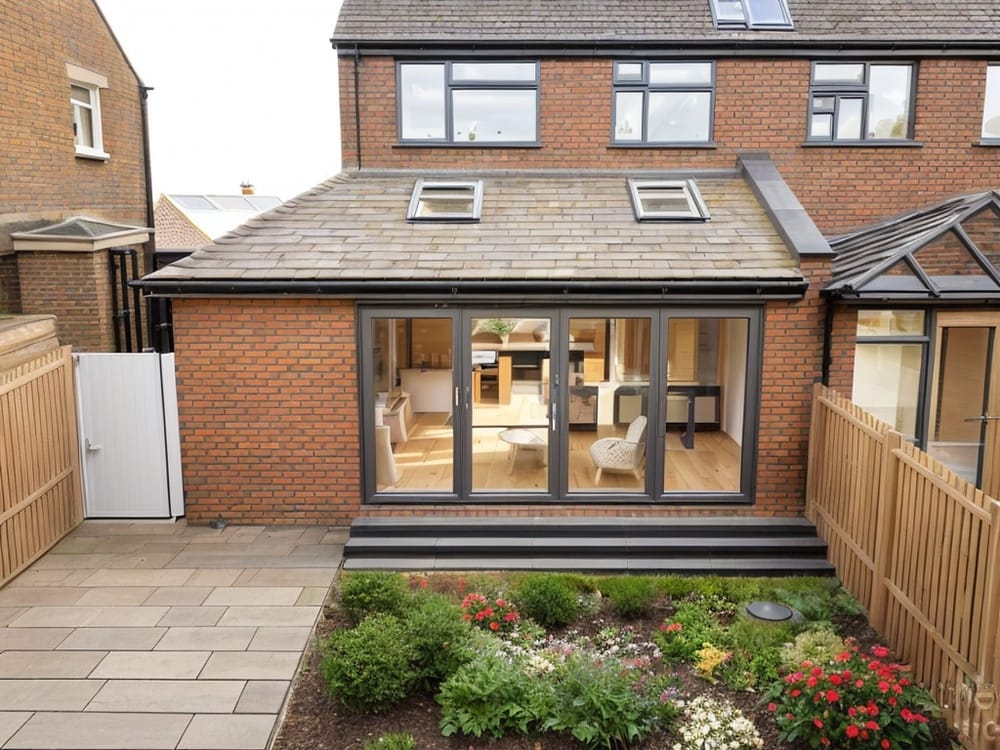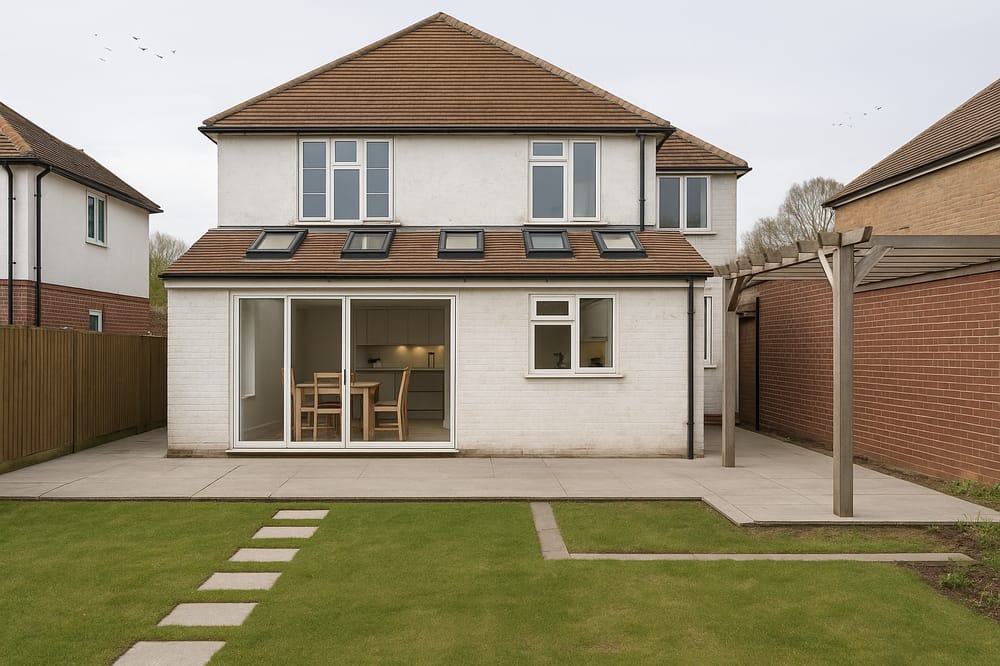You may have heard about some changes that were made to your permitted development rights a couple of years. These updates meant you could do more with your home, without the need for full planning permission.
Since these changes were introduced, additional information has come to light which might affect how you proceed with your home project. So here’s everything you need to know about permitted development, as it stands in 2025.
Looking for permitted development advice on a specific home project? Why not book a call with our team?
What are permitted development rights?
Permitted development rights are essentially a scheme, created by the government, allowing you to extend ir renovate your home without the need for a full planning application.
For some homes in England, this scheme expanded last year to include bigger projects and more options for home improvement. These planning changes included new rules for big developments (such as turning office blocks into flats) but for the purposes of this article, we’ll be focusing on projects everyday homeowners tend to complete.
If you’re a developer and you want some tailored advice, please speak to our team.

Homes excluded from the scheme
The following homes were excluded from any of the changes made last year:
- Homes within Scotland, Wales, or Northern Ireland
- Listed buildings
- Flats or maisonettes
- Some new developments
Homes built before 1948 were not affected by the permitted development changes, however existing permitted development rights still apply.
Homes from conservation areas are not excluded from permitted development rights, however they do hold much greater restrictions.
Unsure of whether permitted development rights apply to you?
Book a free consultation with our team.
Things that have come to light
When permitted development changes were passed last year, many were optimistic about the potential this could offer homeowners when renovating or extending their home. While it continues to offer an extremely viable alternative to planning applications, we have found that local planning authorities are still getting to grips with the new rules and legislation, and their complexity and requirements demand more work than the other rights.
So should we take the permitted development route?
Permitted development is still an extremely attractive option for a wide range of home projects, potentially saving time and money. But it might not be the best course of action for your home. To make sure you make the right decision and get the best support throughout your planning journey, why not get in touch with one of our in-house planning specialists? Book your free advice call here.
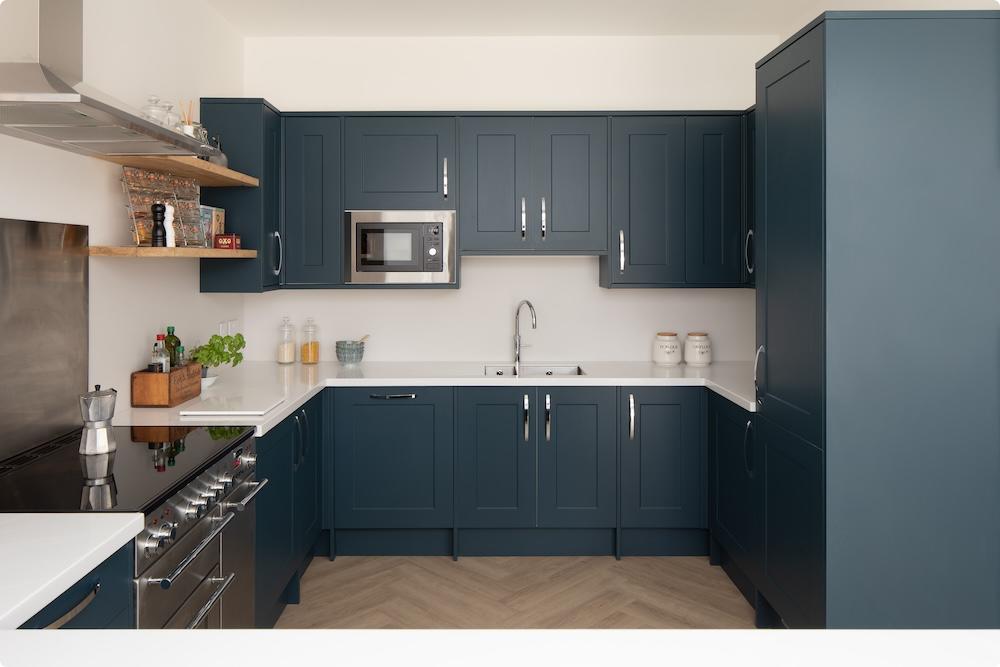
Projects covered by permitted development rights
So, what can you create with your permitted development rights?
While the scheme might be expanding, there are still a lot of design guidelines your project will need to meet. Because of this, we always recommend you use an experienced architect to put together your drawings.
Rear extension
- Sits to the rear of the house (not the front)
- Must not extend beyond the rear wall of the existing house by 3m if an attached house or 4m if detached
- Uses similar building materials to the existing house
- Takes up less than 50% of the size of the land around the original house ("original" being the latest of when the property was built or if it was built before 1948, then as it stood on 1st July 1948)
- Is less than 4m in height (or less than 3m if within 2m of a property boundary)
- Has eaves and a ridge that are no taller than the existing house
Side extension
- Sits to the side (as long as this will not face a highway) of the house (not the front)
- Uses similar building materials to the existing house
- Takes up less than 50% of the size of the land around the original house ("original" being the latest of when the property was built or if it was built before 1948, then as it stood on 1st July 1948)
- Takes up less than 50% of the width of the original house
- Is less than 4m in height (or less than 3m if within 2m of a property boundary)
- Has eaves and a ridge that are no taller than the existing house
Wraparound extension
When combining a side and rear extension to form a ‘wraparound’, the permitted development restrictions will be judged against the criteria for both extensions individually, making it unlikely for the project to fall under your permitted development rights. For instance, side extensions are only permitted development where they are less than half the width of the original dwelling, but when combining a side and rear extension in this manner, it will likely exceed half the width of the original.
While you may be able to create a small side and rear extension within your permitted development rights, the space a full wraparound demands, plus the structural work involved, make it an unlikely candidate for the permitted development route.
To find out what planning options you likely have for a wraparound project, you can book a free consultation here.
Two-storey extension
- No windows in wall/roof slope of side elevation in additional storeys
- Takes up less than 50% of the width of the original house
- Takes up less than 50% of the size of the land around the original house ("original" being the latest of when the property was built or if it was built before 1948, then as it stood on 1st July 1948)
- Uses similar building materials to the existing house
- Has eaves and a ridge that are no taller than the existing house
Single storey homes are excluded.
Garage conversion
- Works are internal
- Uses similar building materials to the existing house
- Does not enlarge the building
You may also need planning permission if you’re changing a detached garage into a living space - such as a bedroom, living room, or small annexe.
Loft conversion
- If you have a detached or semi-detached house and are looking to stay within your Permitted Development rights, the loft extension must not exceed 50 additional cubic metres
- Uses similar building materials to the existing house
- The development must not include a window in any wall or roof slope forming a side elevation of the dwelling house
- The roof pitch of the principal part of the dwelling must be the same as the roof pitch of the existing house
- A dormer wall that is set back at least 20cm from the existing wall face
- Has windows that are non-opening if less than 1.7m from the floor level
- Has side windows that are obscured/frosted
Building a new storey or flat onto your property
- No windows in wall/roof slope of side elevation in additional storeys
- On existing multi-storey properties, you can add up to two additional storeys on the topmost storey of a detached house of two storeys or more. (Existing accommodation in the roof space of the existing house, including a loft extension, is not considered as a storey)
- Maximum height limit for the newly extended house is 18 metres
- Terraces to be no more than 3.5m higher than the next tallest terrace
Please note: there are many variables which depend on whether you’re building above a residential space or a commercial / mixed-use property. The type of your property will also affect your options, as will your intentions for the space (do you want it to become a new dwelling in its own right?).
With this project, we do highly recommend you talk to an expert to get a proper understanding of your planning rights. Book a consultation here.
Risks to bear in mind
It can be easy to think when you hear ‘no need for full planning’ that you can breeze on through to the construction stage. In fact, one of the risks facing homeowners is that some contractors might even suggest just this.
However, should your designs fail to meet the above requirements, your project could be subject to hefty fines and even demolition. What’s more, there are other requirements a project needs to cover, such as…
- UK building regulations
- Party wall matters
- Build over agreements
- Right to light
And much more!
How to protect your project
The best thing you can do for your home is to get an experienced expert by your side from the start.
At Resi, we’re able to help our customers navigate everything they’ll need to start construction, including…
Therefore, no matter which planning route you choose, our team can provide a tailored plan to ensure you avoid any costly missteps.
If you’re looking to fully protect your build, here are our top tips for using your permitted development rights safely…
Get a lawful development certificate
This handy document essentially proves your project was legal at the point of construction and is a useful way of getting your local planning department to review your designs. What’s more, you’ll find many potential buyers requesting some documentation regarding any improvements you’ve made, so they can ensure they won’t inherit any legal problems.
Put together a building regulations package
All UK homes must adhere to building regulations. These are a set of statutory requirements which cover everything from the structure, thermal performance, sound-proofing, drainage, all the way to fire safety - to name just a few!
To ensure your project is in line with UK building regulations, we recommend you commission a set of technical drawings of your proposed build, so your contractor has detailed instructions on meeting all legal requirements.
This package can be prepared by an architect, such as Resi, but will also need input from other specialist professionals, such as a structural engineer, party wall surveyor, and CCTV drainage surveyor. All these experts will ensure that, once you get onsite, your contractor has a detailed plan to work from, greatly reducing the risk of any mistakes being made.
Learn more about building regulations.
What next?
Regardless of the route you choose, if you’re looking to complete a home project we always recommend you get an experienced professional on board. With 4900+ projects under our belts, the experts at Resi know a thing or two about creating dream spaces! Book your free consultation with us here.



